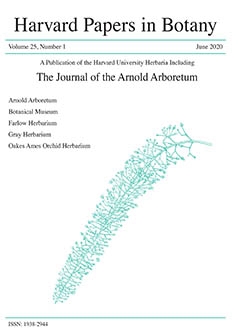In ancient times, several plants were named “lotus.” They assumed very important roles in the religions and art of many cultures, but historiography and descriptions of the various plants called “lotus” have always been poor. The aim of this work is to define what plant species correspond to the ancient name “lotus.” Through analysis of classical texts and other historiographical sources, three types of “lotus” have been identified: “arboreal lotus,” “herbaceous lotus,” and “aquatic lotus.” From the sources examined, several botanical species have been identified for each “lotus” category. In the “arboreal lotus” category there are two species of Ziziphus: Z. lotus and Z. spina-christi. The “herbaceous lotus” include several species in Fabaceae that have been called “lotus,” more specifically in the genera Melilotus, Lotus, Trifolium, and Trigonella. In the last category, “aquatic lotus,” are two species of Nymphaea L. (N. lotus and N. nouchali var. caerulea) and the sacred Indian lotus (Nelumbo nucifera). The attributions of these species have been validated by research on their biogeography and ethnobotanical uses.
How to translate text using browser tools
30 June 2020
Plants Named “Lotus” in Antiquity: Historiography, Biogeography, and Ethnobotany
Antonello Prigioniero,
Pierpaolo Scarano,
Valentino Ruggieri,
Mario Marziano,
Maria Tartaglia,
Rosaria Sciarrillo,
Carmine Guarino
ACCESS THE FULL ARTICLE

Harvard Papers in Botany
Vol. 25 • No. 1
June 2020
Vol. 25 • No. 1
June 2020
ethnobotany
historiography
Lotus
Nymphaea
Ziziphus




